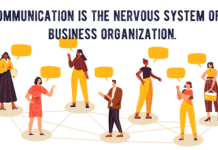ChatGPT is a large language model that uses machine learning and natural language processing to understand and generate human-like responses to text-based inputs. There are many other tools and platforms that use similar technologies to provide various language-related services. Here are a few examples:
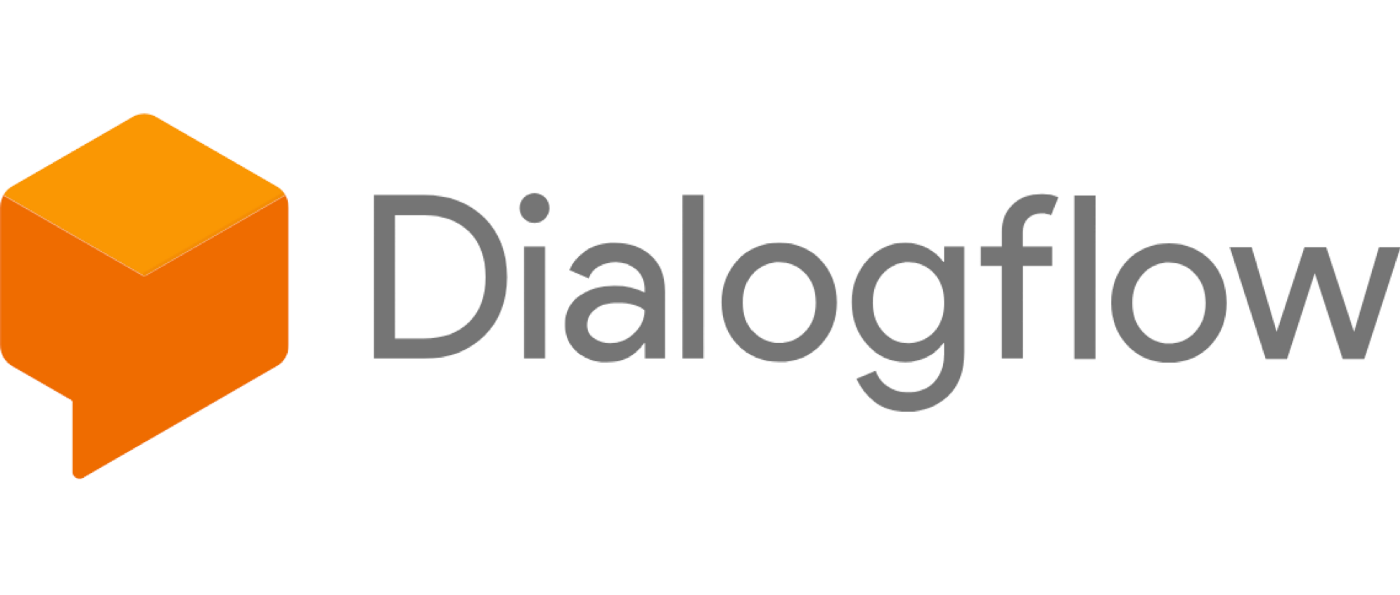
Dialogflow: Dialogflow is a natural language processing platform developed by Google that enables developers to build conversational interfaces for various devices and platforms such as chatbots, voice assistants, and messaging apps. It uses machine learning and AI technologies to interpret user input and generate responses in a human-like manner.
Dialogflow provides tools for creating and managing conversational experiences, including a graphical interface for designing conversation flows, a built-in natural language understanding engine that can recognize user intents, entities, and context, and integrations with various messaging platforms and voice assistants like Google Assistant, Alexa, and Facebook Messenger.
The platform also offers features like analytics, debugging tools, and testing capabilities to help developers fine-tune their chatbots and voice assistants. Overall, Dialogflow provides an easy-to-use and flexible platform for building conversational interfaces that can help businesses improve customer engagement and automate customer support processes.
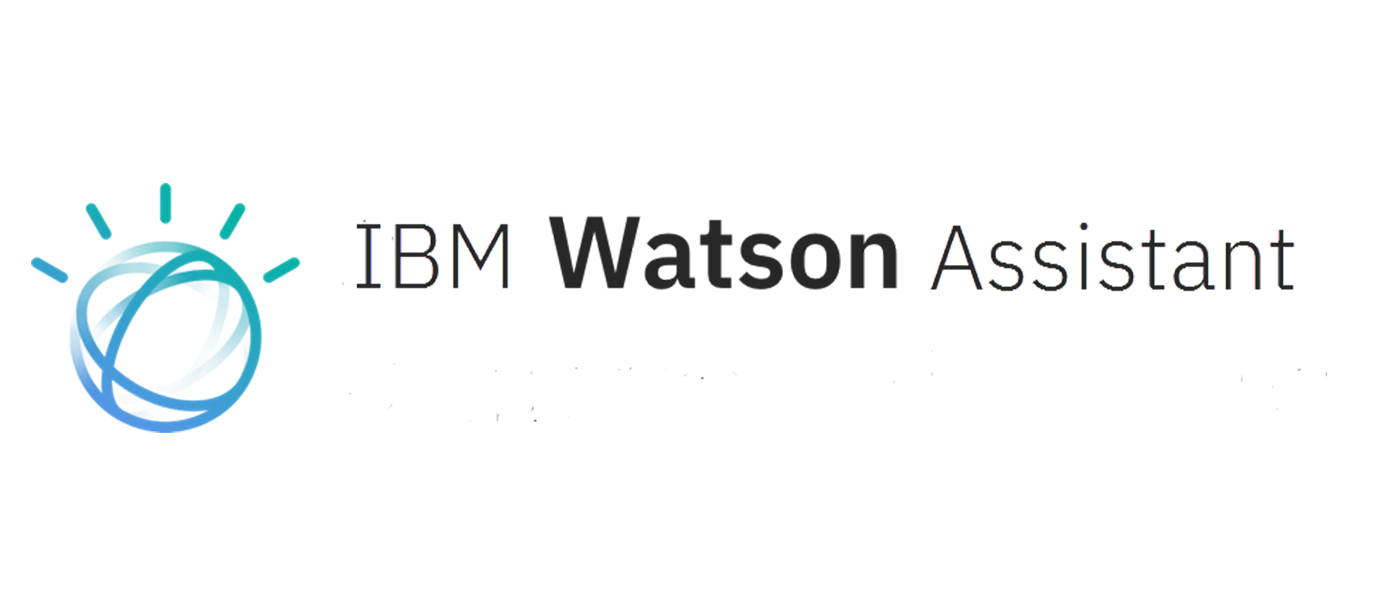
Watson Assistant: Watson Assistant is an AI-powered chatbot platform developed by IBM that allows businesses to build and deploy conversational interfaces for their customers. It uses natural language processing and machine learning technologies to understand user queries and generate responses in real-time.
Watson Assistant provides a visual interface for designing and training chatbots, and it supports a wide range of channels including web chat, messaging apps, and voice assistants. The platform also includes pre-built integration with popular messaging platforms like Facebook Messenger and Slack, as well as voice assistants like Amazon Alexa and Google Assistant.
One of the key features of Watson Assistant is its ability to learn and adapt over time. As users interact with the chatbot, Watson Assistant can analyze the conversation history and use this information to improve its responses and provide more accurate information.
Watson Assistant also provides advanced features like sentiment analysis and tone detection, which can help businesses identify customer issues and improve the customer experience. Overall, Watson Assistant is a powerful platform for building and deploying chatbots that can help businesses automate customer support and improve customer engagement.

Amazon Lex: Amazon Lex is a service provided by Amazon Web Services (AWS) that enables developers to build conversational interfaces using natural language processing (NLP) and machine learning (ML) technologies. It is part of the suite of AWS services that provide artificial intelligence and machine learning capabilities to developers.
With Amazon Lex, developers can create chatbots, voice assistants, and other conversational interfaces that can be integrated with various messaging platforms, voice assistants, and other applications. It offers a range of tools and features that make it easy to design, build, and deploy conversational interfaces, including a visual interface for building conversational flows, pre-built models for common use cases, and integration with AWS Lambda for custom logic.
Amazon Lex uses advanced NLP techniques to recognize user intent, extract key information from user inputs, and generate appropriate responses in natural language. It also offers advanced features like sentiment analysis and content moderation to improve the accuracy and quality of responses.
Overall, Amazon Lex provides a powerful and flexible platform for building conversational interfaces that can help businesses improve customer engagement and automate customer support processes.
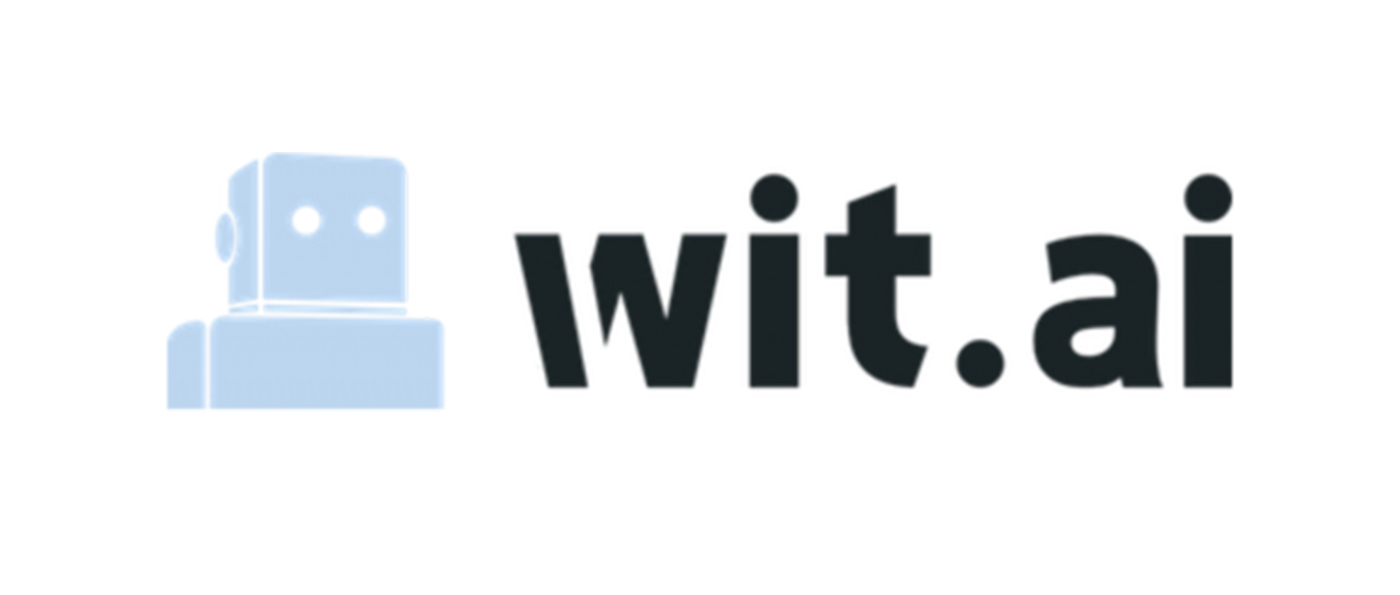
Wit.ai: Wit.ai is a natural language processing (NLP) platform that allows developers to build conversational interfaces for various applications and devices. It is owned by Facebook and is part of their suite of artificial intelligence tools.
With Wit.ai, developers can create chatbots, voice assistants, and other conversational interfaces that can understand human language and respond in a natural and intuitive way. The platform provides a range of tools and features for building conversational experiences, including a visual interface for designing conversation flows, pre-built models for common use cases, and integration with various messaging platforms and voice assistants.
Wit.ai uses advanced NLP techniques to recognize user intent, extract important information from user inputs, and generate appropriate responses. It also offers features like sentiment analysis and entity recognition to improve the accuracy and relevance of responses.
One of the key features of Wit.ai is its ability to learn and adapt over time. As users interact with the chatbot, the platform can analyze the conversation history and use this information to improve its responses and provide more accurate information.
Overall, Wit.ai provides a powerful and flexible platform for building conversational interfaces that can help businesses improve customer engagement and automate customer support processes.
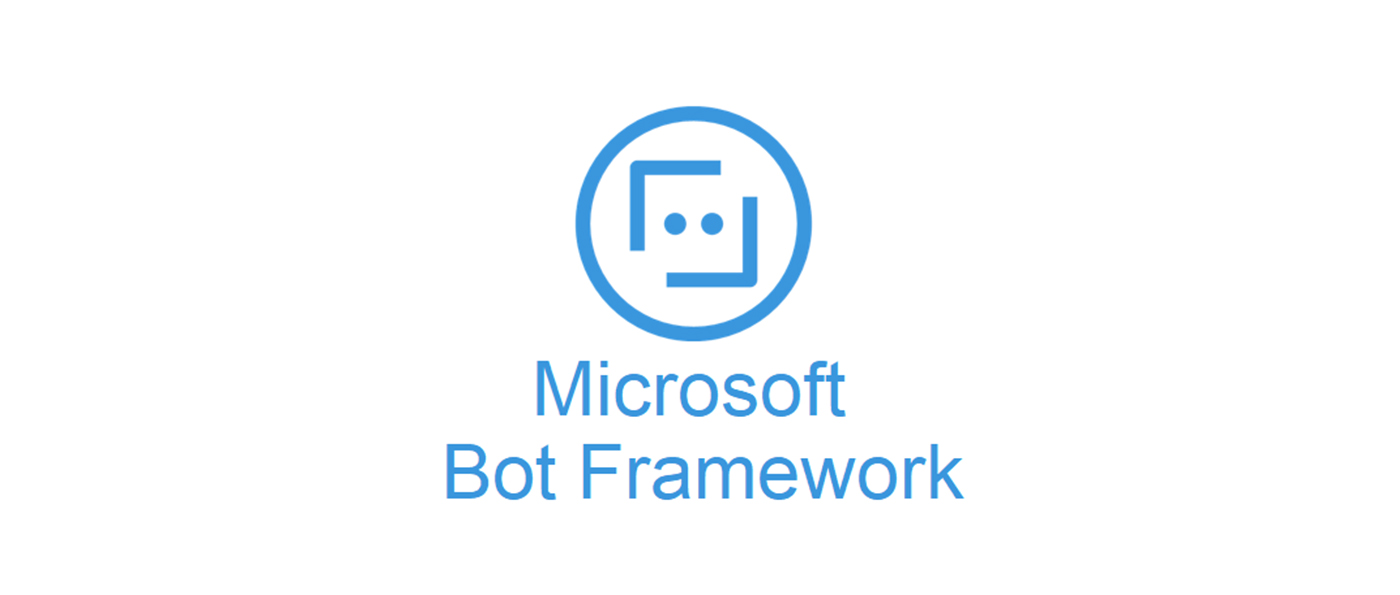
Microsoft Bot Framework: Microsoft Bot Framework is a set of tools and services provided by Microsoft for building and deploying conversational interfaces such as chatbots and voice assistants. It provides a range of features and tools for developers to create, test, and deploy bots across multiple channels, including web chat, SMS, Facebook Messenger, Slack, Skype, and more.
The Bot Framework includes a Bot Builder SDK that developers can use to build bots in C# or Node.js. It also provides a visual interface for designing conversation flows, natural language processing capabilities, and pre-built templates and connectors for common use cases.
One of the key features of the Bot Framework is its integration with Microsoft Cognitive Services, which provides advanced features such as language understanding, sentiment analysis, and speech recognition. This allows developers to create more sophisticated and intelligent bots that can understand and respond to user queries in a natural and intuitive way.
The Bot Framework also provides features for testing and deploying bots, including integration with Azure Bot Service, which allows developers to host and scale their bots in the cloud.
Overall, Microsoft Bot Framework provides a comprehensive set of tools and services for building and deploying conversational interfaces, making it easier for developers to create intelligent and engaging bots that can help businesses automate customer support and improve customer engagement.
These tools can be used for a wide range of applications, from customer service and support to language translation and personal assistants.











